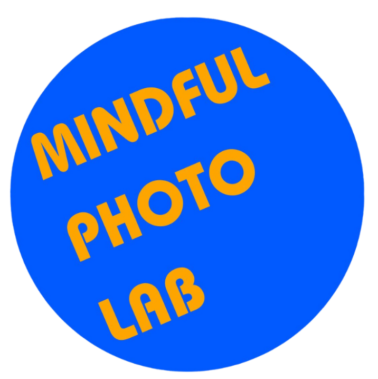Understanding natural light in photography is the best way to improve your craft.
In fact, light is your main subject even though it’s elusive. You can’t hold it in your hand nor move it around. The good news is that it’s free and always available.
Start to pay attention to light whether you’re taking photographs or not. How does it affect your surroundings and your mood? Observe how it transform colours, volumes, and textures. This process will help you to be in the present moment.
The word photography is derived from the greek – photos, light and graphos, writing, delineation or painting. In other words, photography means “painting with light.”
By paying attention to light you will understand how it affects your photographs which will improve your skills. You will be able to choose which light you need depending on the result you want.
Natural light in photography can be divided into two categories; Hard Light and Soft Light.
Natural Light in Photography: Hard Light
The light of the sun when the sky is clear is hard light. It’s a game of hide-and-seek where the sun rays highlight anything on its way, while everything else remains dark.
In other words, hard light creates contrast.
To make the best use of hard light try to shoot during golden hour which is the time shortly after sunrise or before sunset when daylight is redder and softer than when the sun is higher in the sky.
During golden hour the light is softer and warmer than the rest of the day and makes colours pop. It also adds more dimension to the scene with longer and softer shadows and simple objects become sublime.
Tip: Avoid shooting at midday when the sun is overhead and the shadows are unflattering.
Natural Light in Photography: Soft Light
Soft light reveals the delicate textures of a subject. Unlike hard light, it has very little contrast. Its shadow is not as dramatic and details are much more visible.
It’s the type of light you find on a cloudy day, perfect for portrait photography.
Tip: Avoid including the sky when it’s grey as it will appear white.
Because soft light can appear flat it is important that you have a strong composition to guide the viewer in your image.
How to edit your pictures to improve your natural light in photography
Brightness is how dark or light a picture is. This setting will make the overall picture lighter or darker. You won’t be able to brighten or darken selective areas.
From my experience, most of the time your pictures will be too dark especially during winter.
Experiment with AUTO
I invite your to select AUTO and see what the camera has changed.
Do you like the result? What would you adjust?
Don’t feel overwhelmed by all the settings. This week just focus on Brightness and make a note of the changes applied after you pressed AUTO.









